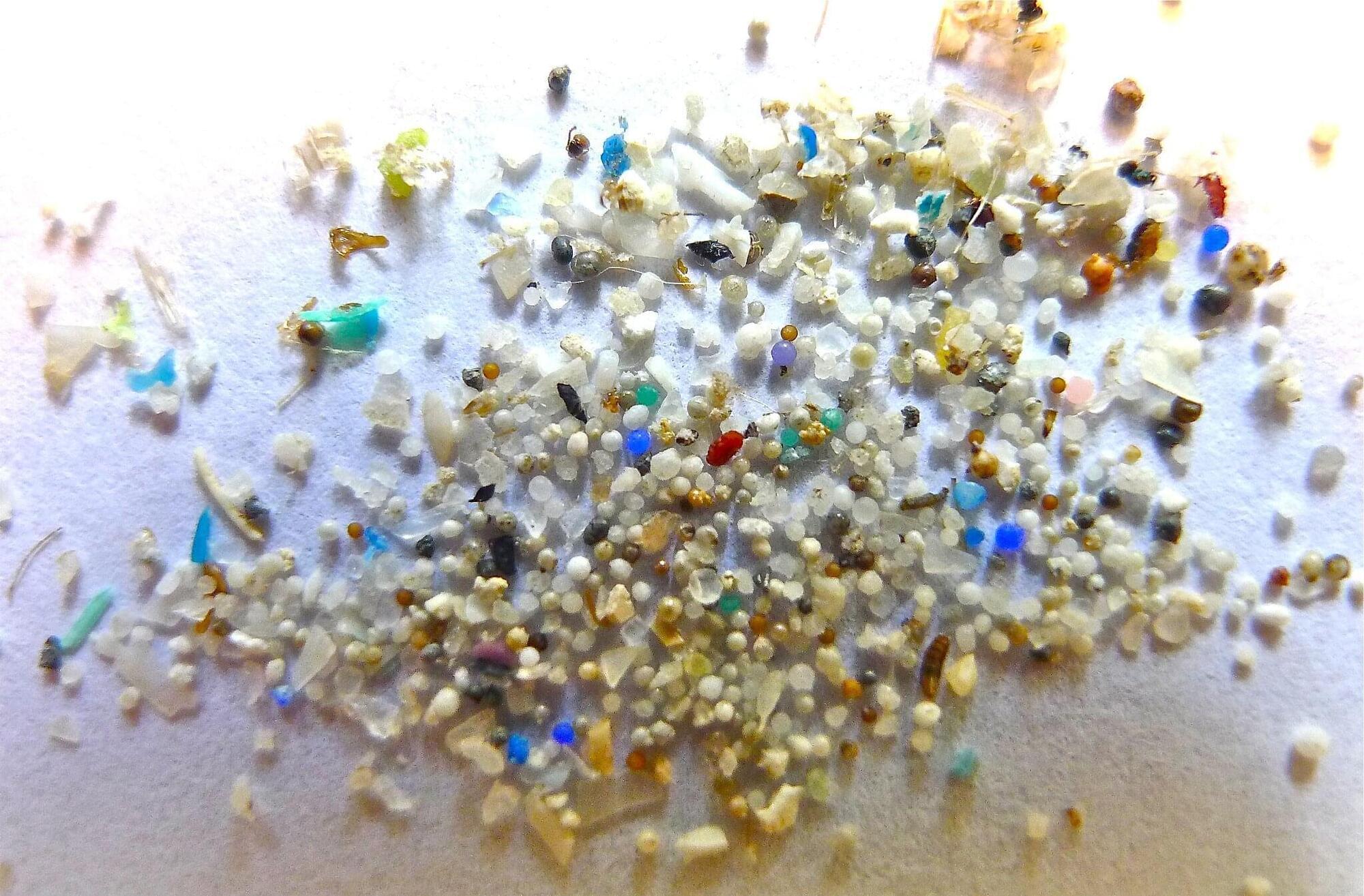Some 460 million metric tons of plastic are produced globally each year, out of which a staggering 91% of plastic waste is never recycled—with 12% incinerated and 79% left to end up in landfills and oceans and linger in our environment.
Exposure to various elements causes the plastics to break down into microplastics (5 mm) and nanoplastics (1,000 nm). There is a growing public health concern as these nanoplastics (NPs) make their way into the human body through air, water, food and contact with skin.
A recent study published in ACS ES&T Water has revealed that the already detrimental effects of NPs are further amplified by their ability to interact with various toxic environmental contaminants, such as heavy metal ions.
